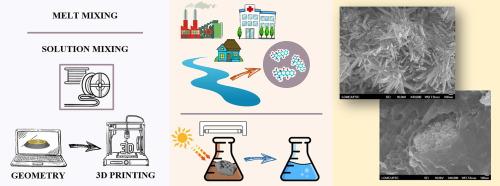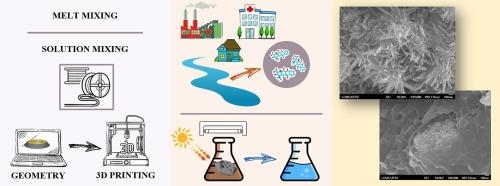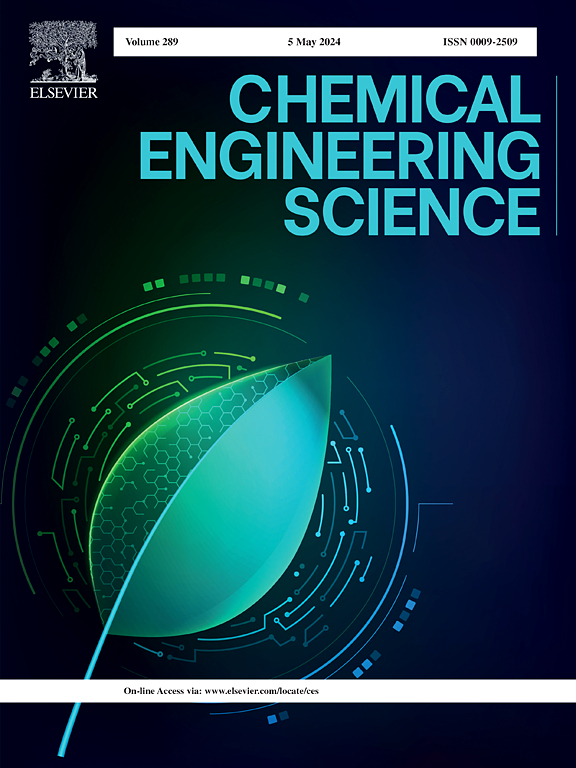生产用于 3D 打印的光催化长丝过程中的熔化和溶液混合
IF 4.1
2区 工程技术
Q2 ENGINEERING, CHEMICAL
引用次数: 0
摘要
三维打印是一项快速发展的技术,具有快速原型制作和多功能设计等优点。然而,由于材料选择有限,熔融沉积建模(FDM)需要改进。本研究提出了一种利用 3D 打印/FDM 制作光催化原型的方法,重点关注污染物降解等环境应用。关键步骤包括通过熔融和溶液混合生产长丝、确定几何形状、3D 打印功能原型,以及对材料进行化学、热学、显微和机械表征。通过四环素降解评估了光催化能力,结果显示氧化锌丝的光催化效率为 45-60%,二氧化钛丝的光催化效率高达 65%。氧化锌功能化部件在 10 次重复使用后仍能保持 80% 的去除能力,无需活化,这表明沥滤和光腐蚀现象有所减少。这项研究为生产有效的光催化原型提供了一种方法,推动了环境应用领域的 3D 打印/FDM 研究。本文章由计算机程序翻译,如有差异,请以英文原文为准。


Melting and solution mixing in the production of photocatalytic filaments for 3D printing
3D printing is a fast-growing technology with benefits like rapid prototyping and versatile design capabilities. However, Fused Deposition Modeling (FDM) needs improvement due to limited material options. This study proposes a method for producing photocatalytic prototypes using 3D printing/FDM, focusing on environmental applications like contaminant degradation. Key steps included filament production through melt and solution mixing, defining geometries, 3D printing functional prototypes, and characterizing materials chemically, thermally, microscopically, and mechanically. The photocatalytic capacity was evaluated via tetracycline degradation, showing 45–60% efficiency for ZnO filaments and up to 65% for TiO2 filaments. ZnO-functionalized parts maintained 80% removal capacity after 10 reuse cycles without activation, indicating reduced leaching and photo corrosion. This study advances 3D printing/FDM research for environmental applications, providing a methodology for producing effective photocatalytic prototypes.
求助全文
通过发布文献求助,成功后即可免费获取论文全文。
去求助
来源期刊

Chemical Engineering Science
工程技术-工程:化工
CiteScore
7.50
自引率
8.50%
发文量
1025
审稿时长
50 days
期刊介绍:
Chemical engineering enables the transformation of natural resources and energy into useful products for society. It draws on and applies natural sciences, mathematics and economics, and has developed fundamental engineering science that underpins the discipline.
Chemical Engineering Science (CES) has been publishing papers on the fundamentals of chemical engineering since 1951. CES is the platform where the most significant advances in the discipline have ever since been published. Chemical Engineering Science has accompanied and sustained chemical engineering through its development into the vibrant and broad scientific discipline it is today.
 求助内容:
求助内容: 应助结果提醒方式:
应助结果提醒方式:


